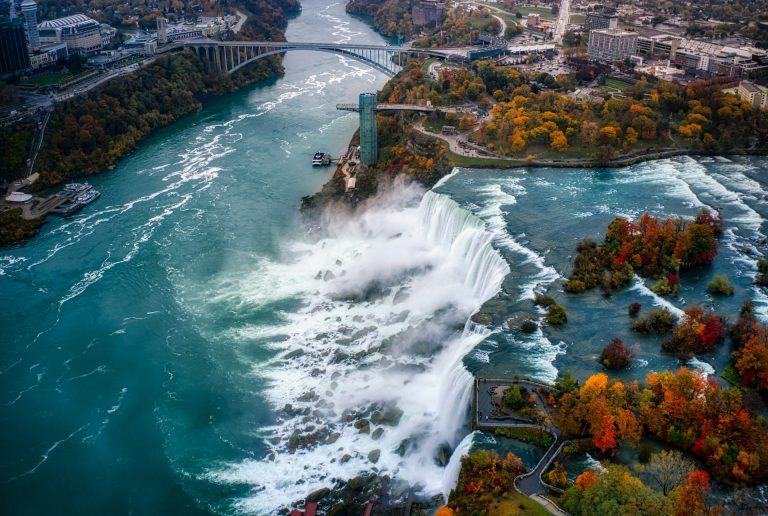
Water is a precious resource which crosses boundaries as it flows between many different nations and regions throughout the world. For this reason, nations pursue transboundary water management to address conflicting water interests. For example, industrial pollution, infrastructure projects with downstream impacts, and extreme flood or drought events encourage nations to communicate with one another to share information and manage water quality and quantity expectations. This communication ensures integrated water management that promotes healthy watersheds and can reduce tensions between jurisdictions.
Transboundary water agreements are the result of negotiations between different nations or sub-national groups to determine how water resources can be shared. Reaching common ground, however, can be challenging due to the existence of multiple regulatory frameworks and different expectations between negotiators.
According to United Nations standards, typical transboundary management requires cooperation between nations, an adequate legal and institutional framework, as well as joint approaches to planning and sharing both the costs and benefits of water management.
Transboundary water agreements are an important cooperative measure for nations to manage water quality and quantity expectations.
Agreements also apply at the sub-national level between jurisdictions within a country. In Canada, for example, inter-provincial/territorial agreements regulate flow requirements and water quality objectives between provinces and territories. In both international and sub-national cases, transboundary water agreements lay the groundwork for jurisdictions that share water flows to negotiate and agree on a set of rules to further manage water.
Examples of Canadian inter-provincial/territorial agreements:
Share this Post:
We provide Canadian educational resources on water practices to promote conservation and sustainability. Our team crafts current and relevant content, while encouraging feedback and engagement.
The Canada WaterPortal is a registered charity, #807121876RR0001
We recognize and respect the sovereignty of the Indigenous Peoples and communities on whose land our work takes place.
© 2025 All Rights Reserved.